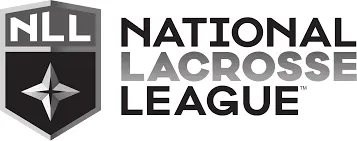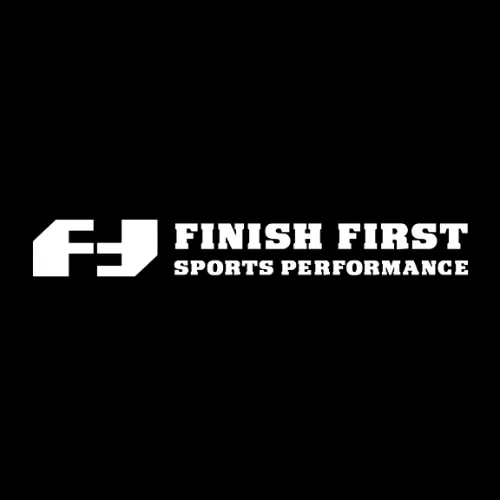You Can Only Manage What You Measure
If You're Not Assessing, You're Just Guessing
WE HAVE COACHED ATHLETES FROM THE FOLLOWING ORGANIZATIONS:












Test, Evaluate, Adjust:
The Key to Progress in Health, Recovery, and Performance
Athletes and fitness enthusiasts know that what gets measured gets improved. Regular testing and evaluation are essential to understanding how your body responds to training, recovery routines, and daily habits. By analyzing performance metrics, recovery status, and overall health, athletes can make informed adjustments to optimize their programs for peak results.
Why Testing and Evaluation Matter
Without regular assessment, it’s easy to plateau or miss signs of overtraining, imbalance, or inefficiency. Frequent testing helps to:
Track Progress: Confirm that your program is delivering results.
Identify Weaknesses: Address limitations before they lead to injury or poor performance.
Personalize Programs: Tailor training, recovery, and nutrition to current needs.
Optimize Recovery: Understand when to push harder or scale back.
Stay Motivated: Seeing measurable improvements boosts confidence and commitment.
The Benefits of Frequent Testing and Evaluation
Data-Driven Performance Enhancements
Regular testing provides objective data on metrics such as speed, strength, endurance, and flexibility. This allows for targeted interventions to boost performance.
For Youth Athletes: Testing can identify areas for improvement, helping to refine skills and techniques during crucial development stages.
For Adults: Data ensures that workouts are effective, preventing wasted effort and time.
Improved Recovery Strategies
Monitoring metrics like heart rate variability (HRV), sleep quality, and energy levels provides insights into recovery. Adjusting recovery protocols based on these metrics prevents overtraining and promotes long-term success.
Early Detection of Imbalances or Fatigue
Testing can identify muscle imbalances, reduced mobility, or signs of chronic fatigue that could lead to injury. Addressing these issues early minimizes downtime and ensures consistent progress.
Functional Movement Screening (FMS, Vald, TPI): Helps assess movement patterns and identify risks for injury. Use baseline data to identify areas to improve.
Strength Imbalance Testing (Vald): Identifies overuse or weaknesses in specific muscle groups. Get baseline measurements using force plates or other devices.
Tailored Training Programs
Frequent evaluation ensures that training programs remain aligned with an athlete's evolving goals, fitness level, and recovery needs.
For Beginners: Testing ensures safe progressions to prevent burnout or injury.
For Elite Athletes: Regular evaluation fine-tunes training intensity and volume for peak performance.
Enhanced Motivation and Accountability
Testing provides clear benchmarks to celebrate progress and identify areas to focus on. Athletes stay motivated when they see tangible improvements in their performance or recovery scores.
Key Areas to Test and Evaluate
Performance Metrics:
-Speed, agility, power, and endurance tests measure improvements in sports-specific capabilities.
Examples: Vertical jump tests, broad jump tests, sprint times, speed mph, VO2 max assessments.
Strength & Mobility:
-Track progress in lifts like squat variations, deadlifts, lunges, bench presses, grip, etc..
-Evaluate joint mobility and flexibility for better movement efficiency.
Recovery and Readiness:
-Use tools like heart rate variability (HRV) or wearable trackers to gauge recovery and readiness for intense training.
-Measure quality of sleep, hydration levels, and resting heart rate.
Health & Wellness:
-Monitor body composition (e.g., fat mass, lean muscle), blood pressure, and other markers of overall health.
-Track mental well-being through stress and mood assessments.
Nutritional Impact:
Periodically evaluate how dietary habits are influencing energy, recovery, and performance.
How to Incorporate Testing and Evaluation
Set a Schedule:
-Test every 4–8 weeks to track progress and adjust programs.
-Use shorter intervals during peak training cycles or competitive seasons.
Use Technology:
-Wearables and apps provide real-time data on performance, recovery, and wellness metrics.
-Tools like GPS trackers and fitness testing software simplify data collection and analysis.
Be Specific:
-Choose tests that align with your goals, such as speed tests for sprinters or mobility assessments for injury prevention.
Work with Experts:
-Coaches, trainers, or sports scientists can provide professional evaluations and interpret complex data for actionable insights.
Track and Compare Results:
-Log results over time to identify trends, celebrate improvements, and adjust as needed.
Examples of Testing and Adjustments
High School Athlete:
-Test: Sprint times and vertical jump.
-Adjustment: Increase plyometric training if speed or power stagnates.
College Athlete:
-Test: HRV and recovery scores, power and strength levels, movement imbalances.
-Adjustment: Incorporate more active recovery or reduce training volume if HRV drops.
Adult Fitness Enthusiast:
-Test: Body composition , strength and fitness testing, grip testing, and functional movement.
-Adjustment: Modify nutrition or add corrective exercises to address weaknesses.
The Competitive Edge of Frequent Testing
Middle and High School Athletes:
Testing keeps young athletes progressing safely and builds a solid foundation for long-term performance.
College Athletes:
Evaluation enables programming optimization which ensures peak performance during critical competition seasons.
Adults:
Frequent testing helps maintain a healthy lifestyle and prevents stagnation in fitness routines.
Final Thoughts
Frequent testing and evaluation are essential tools for anyone serious about maximizing health, recovery, and performance. By measuring progress, identifying weaknesses, and tailoring programs, athletes and active individuals can achieve their goals more efficiently and with greater confidence. Effective programs begin with a baseline assessment and understanding of both where you want to go, and where you are with your fitness and performance skillsets.
ADDITIONAL INFO

Copyright Finish First Sports Performance, Inc. 2024.
All Rights Reserved





